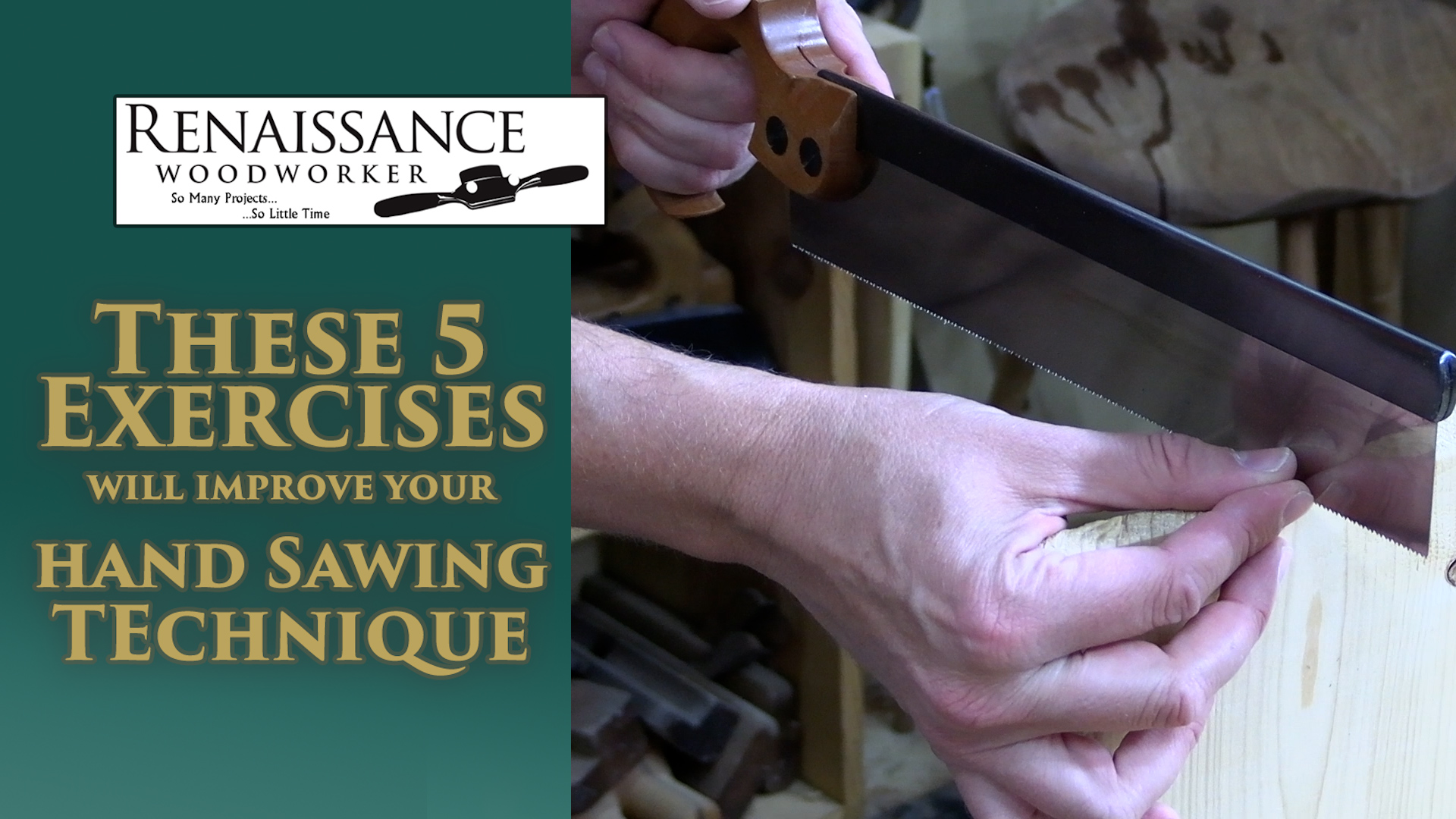5 Exercises to Improve Hand Sawing
Improve Hand Sawing by Just Sawing More
OK maybe that is oversimplifying a bit too much. A bit of focused work is a more effective way to improve hand sawing. Really though the average project doesn't have us sawing continuously for very long. So many things interrupt the sawing bits that it is hard to build any kind of lasting muscle memory. Certainly the idea of 10,000 hours to mastery has merit but think about how you have to stop and restart so much in the average project. Think about how different sawing dovetails is from sawing a tenon or a dado or sliding dovetail. These 5 exercises focus on sawing fundamentals that will improve your ability to saw in any situation. The biggest takeaway here should be learning to smoothly start a saw. Improve hand sawing by focusing on staying loose and slowing adding in a bit more control until you are working to a line and able to break up complex layouts into different parts. That is what these exercises will guide you through.
Sponsor this Show
Questions and Topic ideas for today's show come from my Patreon sponsors. You could be one too and I'd love to answer your questions or demonstrate a technique.



